The interaction between solid-lubricating bearing materials and different types of shaft or housing materials can vary depending on various factors such as compatibility, friction, wear, and corrosion resistance. Here is a detailed explanation for each point:
Compatibility: It is crucial to consider the compatibility of the solid-lubricating bearing material with the shaft or housing material to ensure proper functioning and avoid any chemical reactions or degradation. It is recommended to select materials with similar properties or those that are known to have good compatibility. For example, if the bearing material is made of bronze, it may be compatible with steel or other metal alloys commonly used for shafts or housings.
Friction: The interaction between the
solid-lubricating bearing and the shaft or housing materials plays a significant role in determining the friction levels. The goal is to have low friction to reduce wear and energy consumption. In this aspect, the selection of suitable bearing materials is crucial. Certain solid-lubricating bearing materials, like PTFE (polytetrafluoroethylene) or graphite, have inherent low friction properties and are often used in applications where reducing friction is vital.
Wear: The bearing material should have good wear resistance to withstand the sliding or rolling contact with the shaft or housing material. Different solid-lubricating materials have varying wear resistance properties. For instance, composite materials with reinforced particles like graphite, PTFE, or molybdenum disulfide can enhance wear resistance. The choice of bearing material and its compatibility with the shaft or housing material needs to be considered to minimize wear-related issues.
Corrosion resistance: Depending on the application and environmental conditions, corrosion can be a concern. The selection of solid-lubricating bearing materials that are corrosion-resistant is essential when the shaft or housing materials are subject to corrosive environments. For instance, stainless steel bearing materials are often preferred when the shaft or housing is made of stainless steel or other corrosive materials.




 English
English Español
Español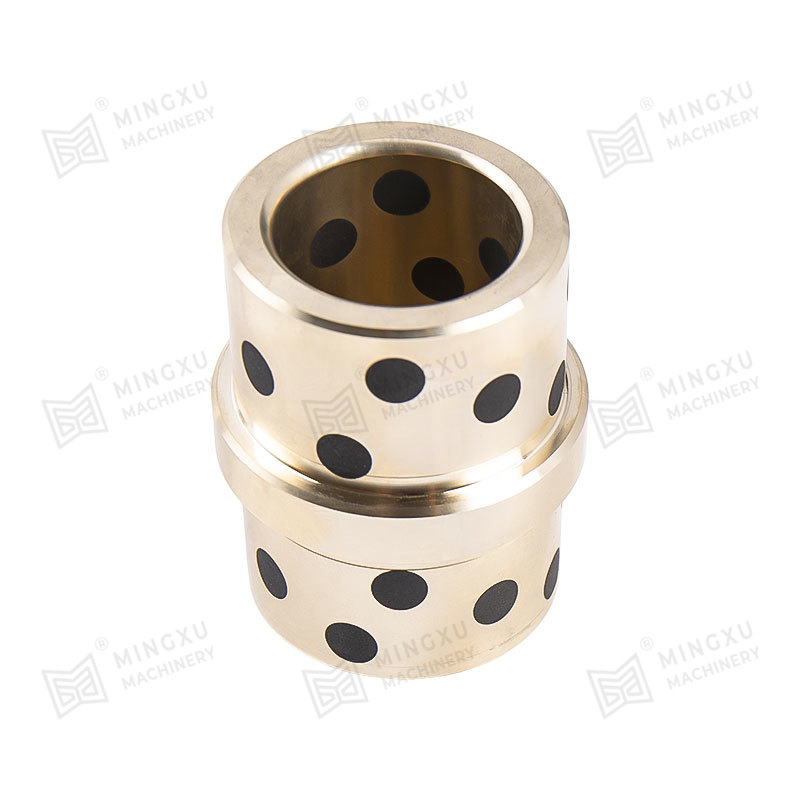





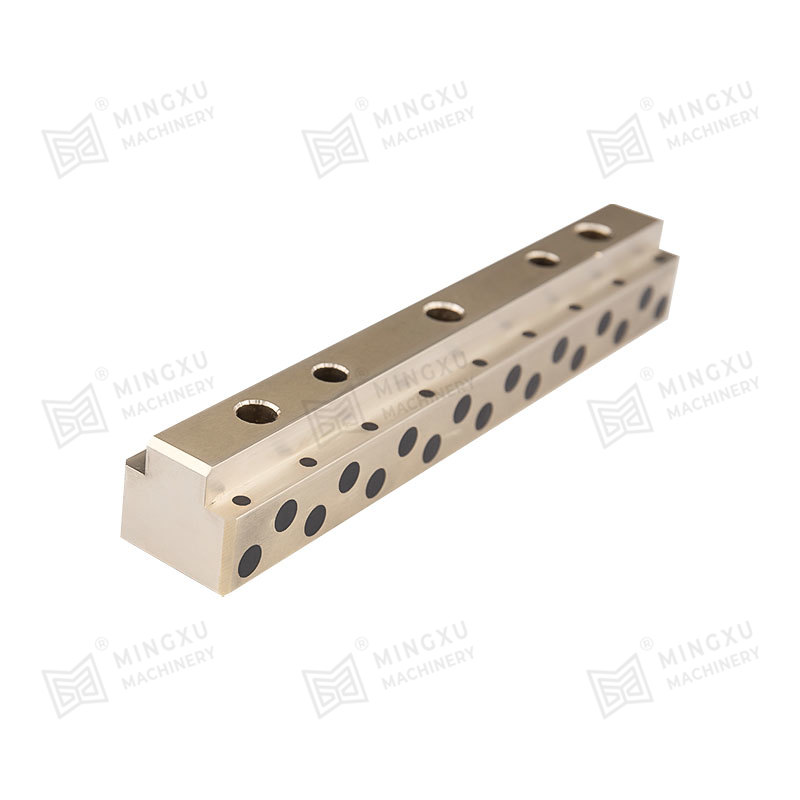
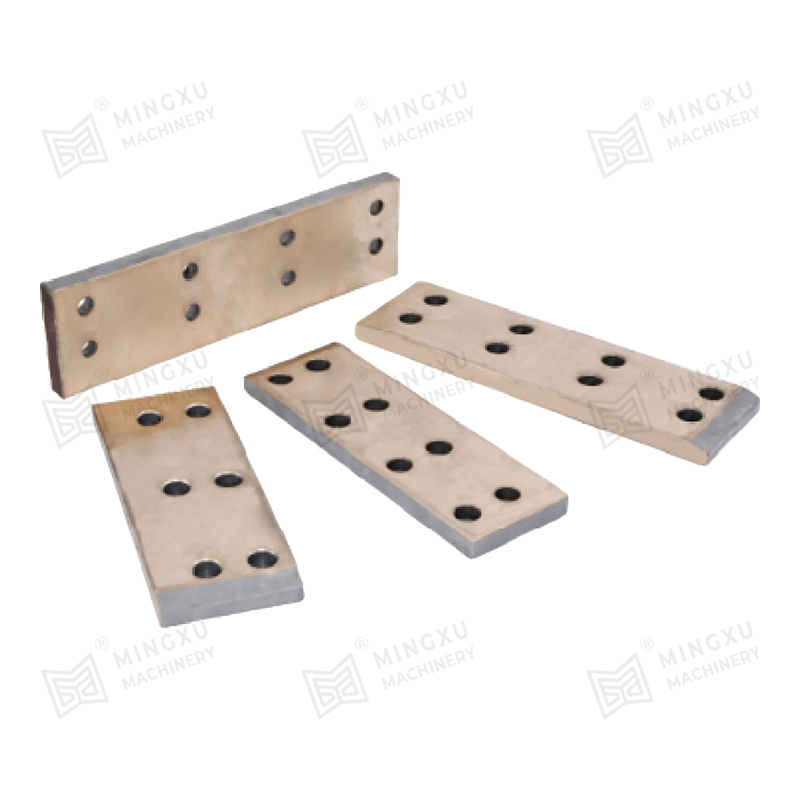
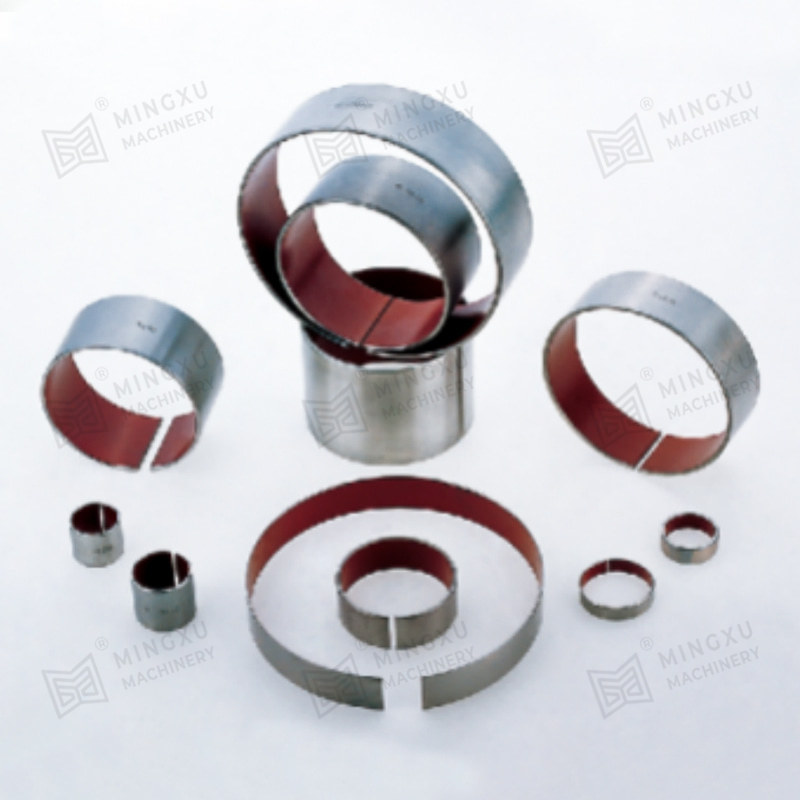
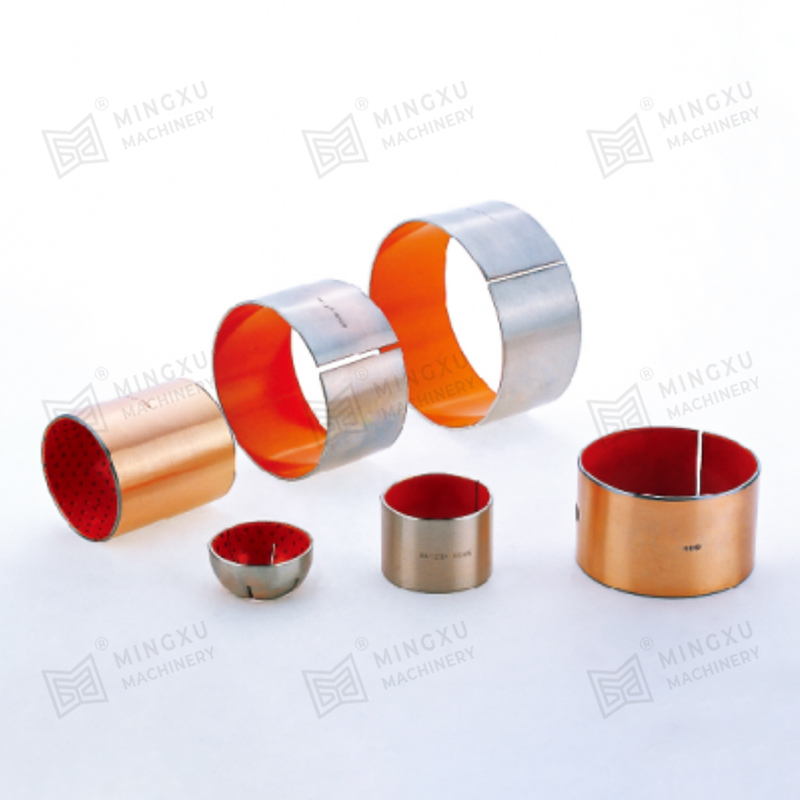
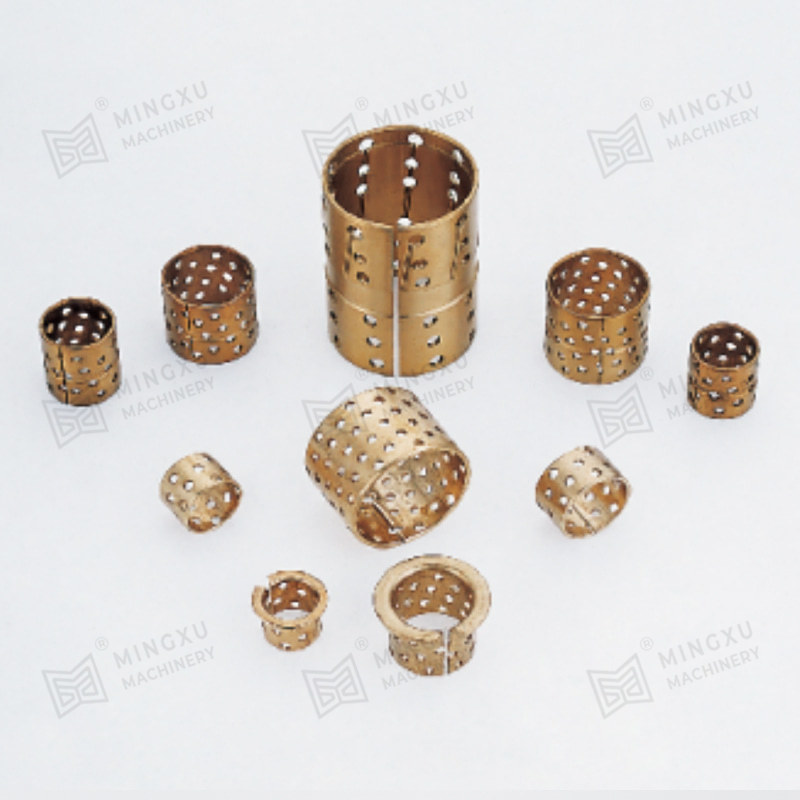







Contact Us